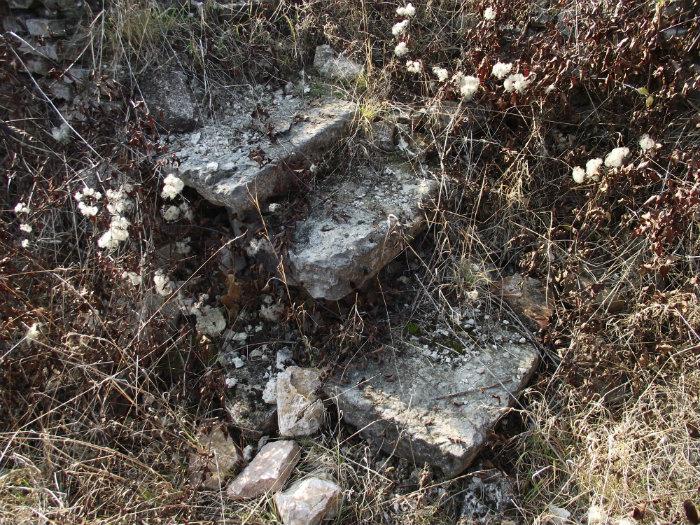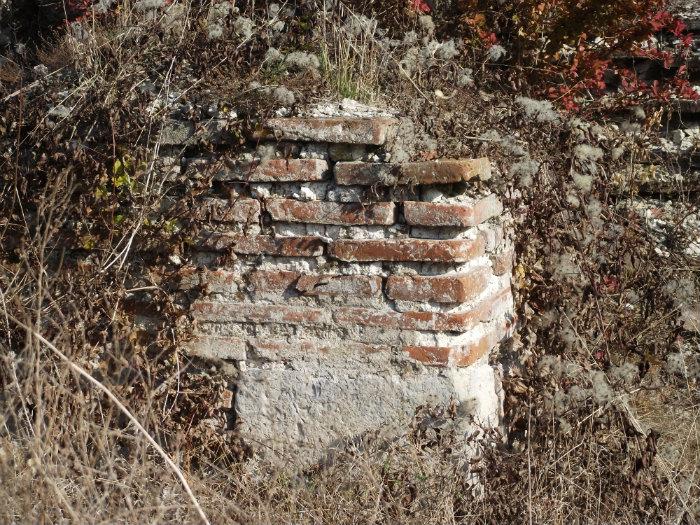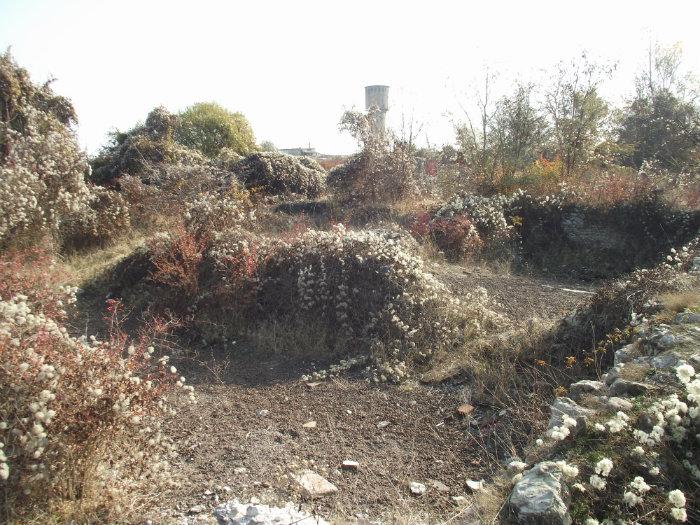


Kostinbrod is known for it's mineral waters from Roman times. Going south, there was an old Roman road going to Konstantinopol. In Izvoro country, opposite to the now Coca-Cola factory, there was a Roman bath, which remains are preserved today.
In Kostinbrod there are 2 unique ancient monuments - the late Roman Scretisca Residence (palatium Scretisca) of Constantine The Great and Road Station Scretisca (Mutatio Scretisca) (first stop west from Serdica through ancient transbalkan diagonal road, also and the early Byzantine town Cratiscara (ΚΡΑΤΙΣΚΑΡΑ) near Gradishteto near Kostinbrod). In ancient times this place was beautiful and fertile nearby a worm mineral spring and an important road, next to the right coast of Belica river. Archeologists revealed another three more important finds: Residence Scretisca (500-400 BC), Unfortified village, Early Byzantine reinforced town Cratiscara.
There are many reasons for researchers to assume that Scretisca Residence was a preferred destination for Constantine The Great to stay when visiting Serdica and that it was made to be a residence. One reason is the timing of building that corresponds with with his continuous stays in Serdica. Another reason is his famous phrase "Serdica is my Rome". Probably the residence was maintained by a the Serdica province governor. It is not ruled out that palatium/praetorium Scretisca was used from bishop delegates of Serdica's council (343).
The residence's main architectural complex - palatium Scretisca is one the most impressive examples of the late Roman residential architecture. It is the most oustanding out of town residence in Inner Dacia (or Dacia Mediterranea), in the hinterland of its capital Serdica. It is also the biggest amongst other known peristyle complexes in the Balkans with big hall (aula), dining room (triclinum) with complicated probablt triconhal plan, many residential areas (cubicula), a bath (balneum), huge around 0.45 hectar back yard (peristylium), with a garden (hortus) and monumental entrances. The entire are of the found floor mozaic in the north peristyle goes over 10 000 square feet and the entire length of the peristyle and the outer south portico is more than 1300 feet. The residence is the core of an astounding villa complex and a center of an impressive mansion (fundus dominium). Another researched object with circular shape with a diameter of 100 feet, arbitrarily named "Rotonda" (Bozhilova/Vitski, 1985), probably with memorial or cult functions, located 300 feet next to the residence, and also a necropolis. A big fire destroyed the residence at a time, which according to historical sources coincides with the hun invasions around 540 AD and Serdica was hit.
Road station Scretisca (Mutatio per/ad Scretisca) – "to the residence" is located 3200 feet south of the residence, made maybe to serve the residence with a main task to be taberna - a tavern with several rooms and a yard. Scretisca is mentioned in the guide Hinerarium Burdigalense (333). The oldest coins found here are from Constantine The great time.
The early Byzantine reinforced village Cratiscara (ΚΡΑΤΙΣΚΑΡΑ) keeps the names of the residence and the road station with little change and during its construction the remains of the earlier residence are reused. Founded probably around the mid-6th century AD, mentioned in Procopius of Caesarea's texts as πολιχνιον (small city) ΚΡΑΤΙΣΚΑΡΑ, on top of the Roman residence remains and serves as a local administrative center. The life there probably died out during the slavic invasions in the end of 70s and the start of the 80s of the 6th century AD. Valuable evidence about the fortification system, the construction, fort towers, residential and sentinel rooms are kept.